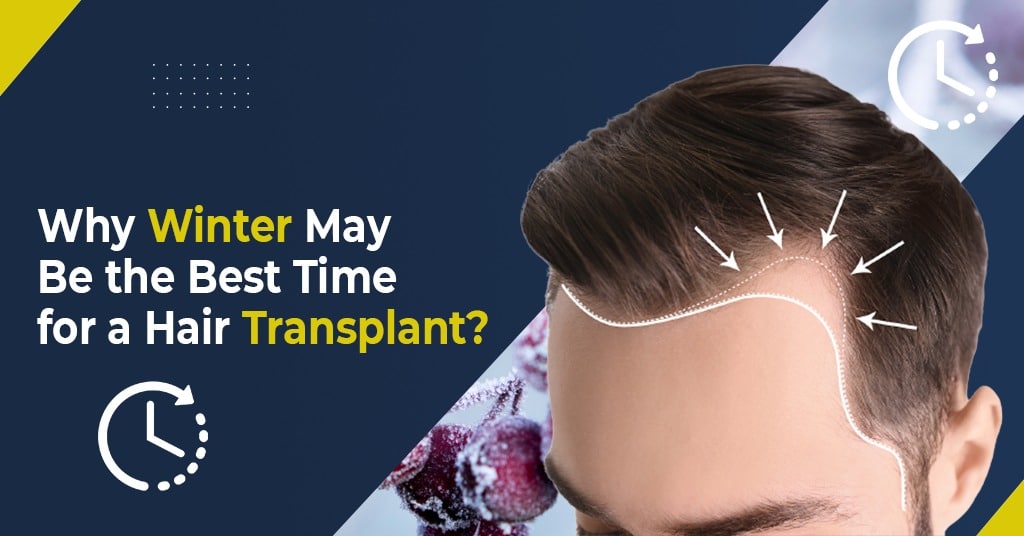The choice to get a hair transplant is a major one because it involves completely changing your personality. It is obvious to everyone, and it may make some people feel better about themselves. The changing of the seasons clearly has a profound impact on our bodies.
Hair Transplantation: What is it?
A minimally invasive process used in hair transplant surgery is the extraction of hair roots from beneath the scalp or from other regions of the body. The bald spot is filled with the removed hair. The two most common procedures for hair transplantation are follicular unit transplant (FUT) and follicular unit extraction (FUE) (FUE). The key distinction between these two procedures is the hair extraction technique. During FUT, healthy hair follicles are plucked from the back of the scalp’s epidermis. This treatment is more invasive and takes longer to recover from, but the results can be spectacular and natural-looking.
The simultaneous use of bio-FUE is a brand-new FUE technique that has been improved to offer greater graft survival. In this method, hairs are implanted simultaneously to reduce the outside body time of the graft to a minimum. Additionally, liposomal ATP supplementation is used to provide energy to the grafted follicles without touching the hair roots during implantation.
Is Winter an Ideal Time for Hair Transplants?
Having enough free time and being mentally and emotionally prepared for your new appearance are prerequisites for hair transplantation to be successful. Using contemporary home appliances will help you avoid the drawbacks of both seasons. Keeping yourself stress-free is also important because stress can impede hair growth and restoration.
The results of hair transplants performed in the winter and the summer are nearly identical provided all the precautions advised by the doctors are observed. The Hair transplant surgeon’s skill and competency, not the time of year, determine the prognosis. Hair roots are inserted deep beneath the skin, where the temperature is usually constant and unaffected by the environment.
Each season offers a unique mix of advantages and disadvantages for hair transplantation. However, there are many advantages to winter, such as the following:
The low danger of sunburn: Without the summer sun, the transplant recipient will heal more quickly since sweat or sunburn is less likely to infect the transplant site.
Inconspicuous recovery: The winter months are a busy time for travel. The outcome is that throughout the holidays, patients can recuperate discreetly after their transplant by staying at home (if they choose to). They are allowed to wear hats outside if they desire to do so.
According to new studies, summers, on the other hand, promote better skin and implanted hair restoration. For at least three weeks following surgery, refrain from swimming and exposure to direct sunlight. Direct sunlight hinders the healing process since it kills the artificial hairs that have been inserted.
As long as you continue receiving follow-up care, you have the last say despite the fact that many circumstances might affect a hair transplant. In most cases, the timing you select shouldn’t affect your recuperation in any way.

